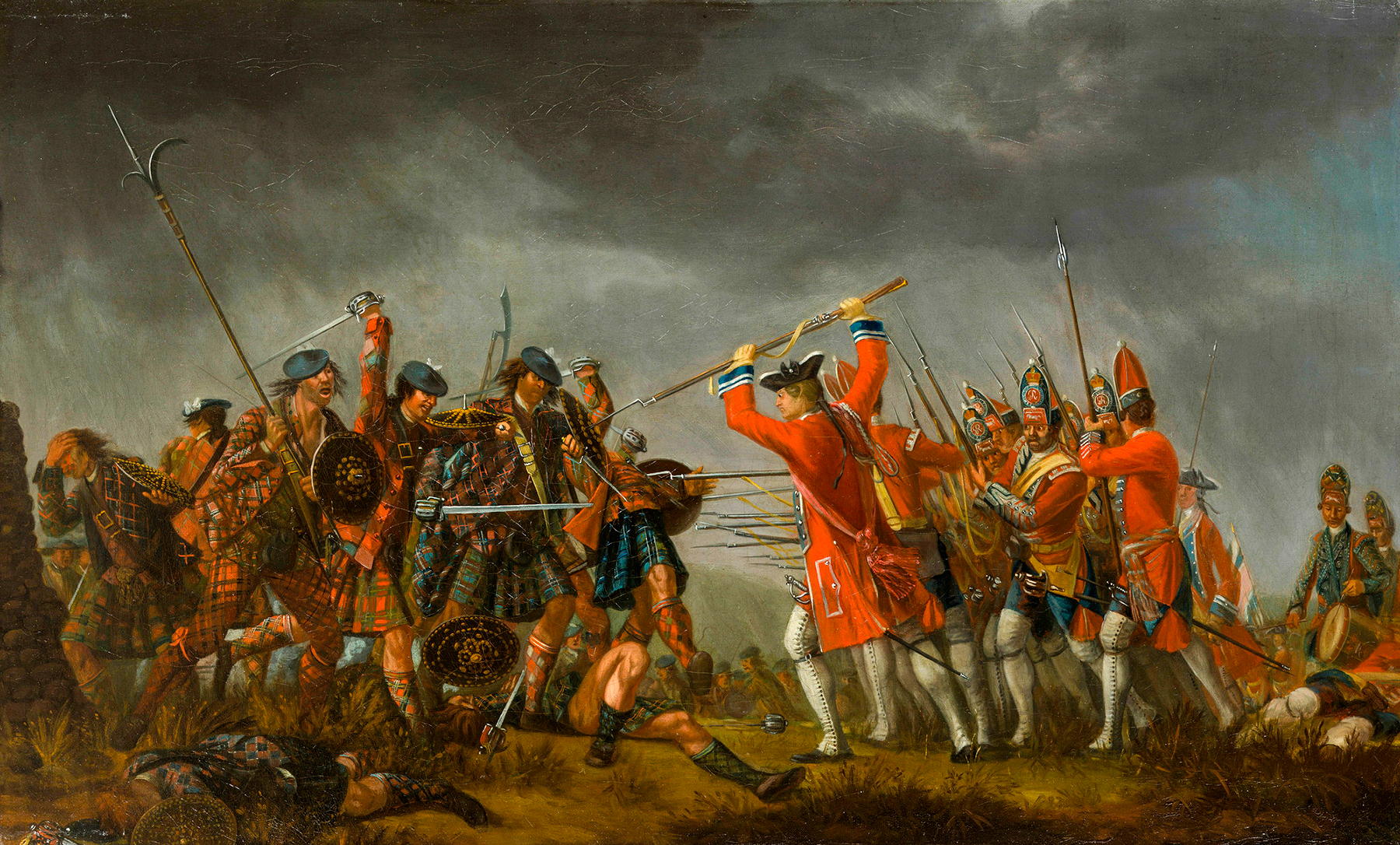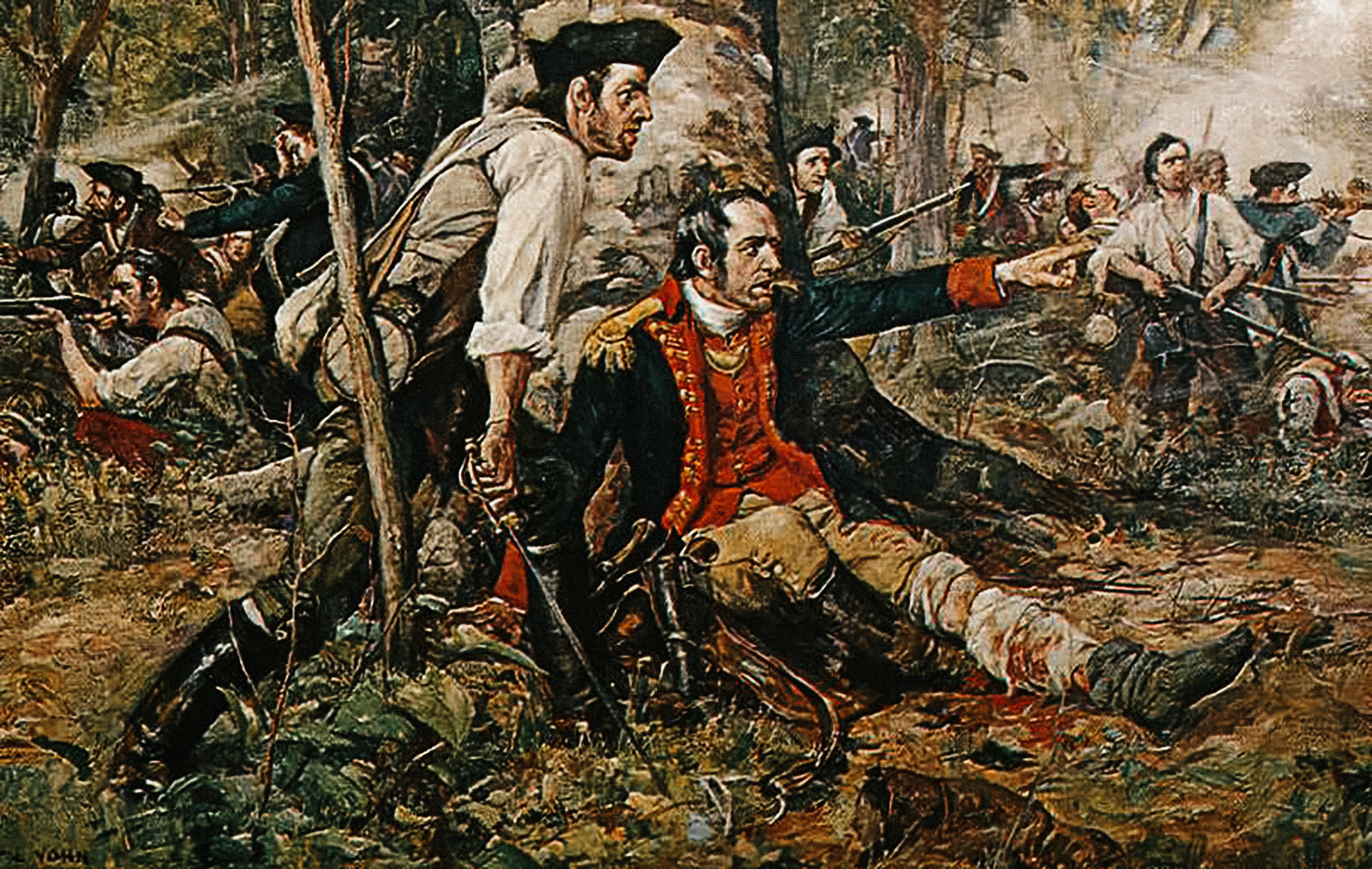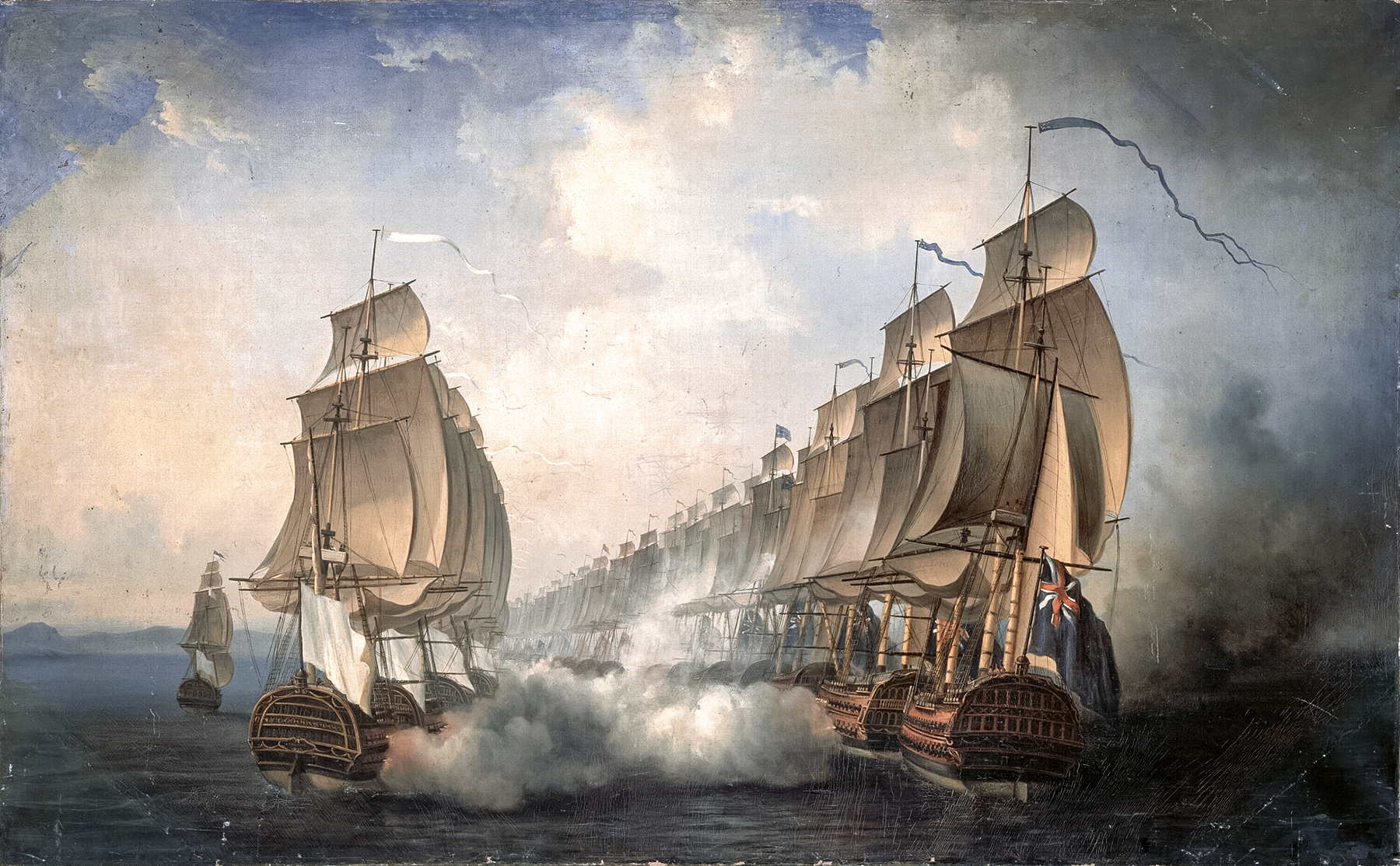The Battles of Lexington and Concord, Bunker Hill, and, of course, Yorktown, are likely the most well-known engagements of the American Revolution. Returning champions on Jeopardy are also likely to know of the Battles of Saratoga, Brandywine, Long Island, Cowpens, and Trenton.
But the war was long and bloody, with several intense battles having been relegated to advanced-level history courses. These are the less well known, but still incredibly brutal battles of the American Revolution.
The Scale of the War

Sources disagree on the total number of engagements. However, there were as many as 230 large-scale skirmishes and battles fought during the American Revolution, with around 165 “principal engagements” fought over eight years.
An important consideration is that approximately 230,000 to 250,000 men served in the Continental Army and state militias. Still, only a fraction of that number — roughly 20,000 to 30,000 — were under arms at any given time.

Moreover, George Washington is believed to have never led more than 23,000 troops. Likewise, the British Army had an average of 48,000 troops in North America, which further highlights why the Revolution never had battles on the scale of the conflicts in Europe during the subsequent Napoleonic Wars, and certainly not to the scale of the American Civil War roughly eight decades later.
Yet, for those who took part in the fighting, battles were remembered for being quite fierce in nature.
Battle of Moore’s Creek Bridge: Highland Charge with Swords and Shields

Although a relatively minor engagement, the Battle of Moore’s Creek Bridge on Feb. 27, 1776, may be far more significant in the big picture. The North Carolina Provincial Congress military defeated and captured a Loyalist force, many of whom were Scottish veterans.
The battle marked the last known attempt at a “Highland Charge,” in which attackers armed with swords and shields rushed a fixed position. It also ended significant Loyalist activity in the region for years.
“Moore’s Creek Bridge really shows the overconfidence of the British political leaders in the opening months of the war,” said Dr. Robert J. Allison, professor of history at Suffolk University.
“Expecting that the loyal Highlanders would be able to march unmolested to the coast and not come under a successful attack by North Carolina patriot militias was a tactical error in early 1775.
“Overconfidence in one’s allies and underestimating the enemy are costly mistakes that the British learned too slowly.”
Battle of Oriskany – Militia vs. Indigenous British Allies

The Americans, too, made costly mistakes, including at the Battle of Oriskany, fought in August during the Saratoga Campaign of 1777.
A British victory in which the Americans suffered heavy casualties (which could explain why it’s less remembered today), it saw Loyalist soldiers and the British Army’s Indigenous allies, including Mohawk, Seneca, and Mississauga, ambush the Tryon County militia and their native Oneidas allies. The battle is noted for its close-quarters fighting.
“The carnage at Oriskany was devastating for the Americans, but even worse for the British,” suggested Dr. Allison. “Their Mohawk allies deserted them after the battle, and General Herkimer’s dogged resistance at the cost of his own life, as well as the lives of so many of his men, stopped St. Leger’s advance to join Burgoyne.
“The bloodshed may have been made worse by the fact that so many of the men fighting against one another knew each other — neighbors and friends before the war began.”
Battle of Waxhaws, aka Buford’s Massacre
The Battle of Paoli, also known as the Paoli Massacre, was fought just over a month later during the Philadelphia campaign. It was another British victory, but American propagandists falsely claimed that no quarter was given to the troops under the command of Brigadier General Anthony Wayne.
It wasn’t the last time that such a claim would be made, as the Battle of Waxhaws, fought in May 1780 in South Carolina, was also dubbed Buford’s Massacre. It saw the British Legion, commanded by Lt. Col. Banastre Tarleton, overtake a Patriot force led by Abraham Buford.
Nearly one-third of Buford’s troops were killed by overzealous loyalists.
“At Waxhaws, Buford had more men, better rested, facing Tarleton’s smaller cavalry which had been pursuing him through the relentless Carolina heat,” noted Dr. Allison. “His men held their fire to let Tarleton’s men get into a closer position, but Tarleton was determined not to let the Americans win.
“His victory over the Americans made him a hero in England, but his refusal to grant quarter to the vanquished made him a villain in the eyes of the Americans. ‘Tarleton’s Quarter’ became a byword, as the formerly unknown commander became the Americans’ most feared adversary.”
As a sidenote, the Battle of Waxhaws gained renewed interest in 2006, after three “colors” (flags) belonging to the Patriot forces were sold at auction. Tarleton’s descendants had retained the flags for more than 200 years and were among fewer than three dozen from the Revolutionary War still known to exist!
Battle of Groton Heights
The Battle of Groton Heights is likely remembered today in Connecticut, as a small militia force from the area put up a determined stand against the more numerous forces led by Brig. Gen. Benedict Arnold.
It ended in a British victory, but was overshadowed six weeks later by the decisive Franco-American Siege of Yorktown.
“Groton Heights was the last action fought in the North, and completed for the American side Benedict Arnold’s reputation of perfidy, as he was attacking his own Connecticut compatriots,” explained Allison.
“Arnold was leading, however, not foreign troops, but other Americans loyal to the Crown. This really was a civil war.”
Battle of St. Louis

Yet perhaps one of the most critical “overlooked” battles fought on American soil during the Revolution was one far from the Thirteen Colonies’ campaigns.
The Battle of St. Louis in May 1780 saw a small contingent of Spanish regulars and patriot militiamen defend the Franco-Spanish village of St. Louis, Louisiana (in present-day Missouri), against a much larger force of British and Indigenous troops, including Ho-Chunk, Kickapoo, Odawa, and Sioux.
It helped secure American claims to the region, including future states such as Ohio, Illinois, Wisconsin, and Michigan, during the peace negotiations.
The American Revolution in the Caribbean
A largely overlooked fact about the American Revolution is that the war wasn’t entirely fought within the thirteen colonies. In addition to the aforementioned Battle of St. Louis and the Continental Army’s invasion of Canada in 1775, significant fighting occurred in the Caribbean.
That included French and Spanish forces seizing several British-held islands in the West Indies, including Dominica, Grenada, St. Vincent, Tobago, and Nevis.
“The British made greater fortunes from the islands in the Caribbean than in the ‘American colonies,’ including Virginia and South Carolina, and the British strategy was determined not to lose the islands, notably Jamaica,” explained Dr. Andrew J. O’Shaughnessy, professor of history at the University of Virginia.
“The British did lose seven islands during the war, but all were restored in the peace talks except Tobago,” O’Shaughnessy added.
A forgotten part of the war is that the French, too, were initially more focused on the region than on North America, and they sent more of their forces.
“The French sent the Continental Army money and supplies, which were critical, but until nearly 1780, they sent more of their military forces to the Caribbean,” said O’Shaughnessy. “That also explains why the negotiators in Paris, including John Adams, were so frustrated with the French.”
Battle of Ushant: First Major Naval Battle of the War

The first major naval battle of the war wasn’t even fought in the “New World,” but instead was the Battle of Ushant, which took place on July 27, 1778, at the mouth of the English Channel.
Although neither side lost any ships, and it ended indecisively, it was still a bloody affair with more than 100 French sailors killed and another 400 wounded, while the Royal Navy saw 407 sailors killed with nearly 800 wounded.
Just months earlier, Commander John Paul Jones had led a small detachment of two boats from his ship, USS Ranger, to raid the English port of Whitehaven. It was the first overseas action by the United States, and while the mission caused minimal damage, it did spark significant public alarm in the UK.
The War Ends

The Battle of Yorktown in October 1781 was the last significant land engagement of the Revolutionary War in North America. The war didn’t end until the Treaty of Paris was signed in 1783. There were several subsequent battles between the British and French, including one in the Caribbean.
“The British won one of the great victories of the war at the Battle of the Saintes in 1782, and that victory allowed them to retrieve most of their empire while offering some face-saving,” said O’Shaughnessy.
What is also largely overlooked is that the “final” engagement of the conflict was the Battle of Cuddalore in June 1783, fought not in North America but off the coast of India in the Bay of Bengal.
It raged for hours, but with minor damage to either the French or British fleets. It ended when another British ship arrived, with news that King George III of the UK had agreed to a provisional peace treaty!
Leave a Reply